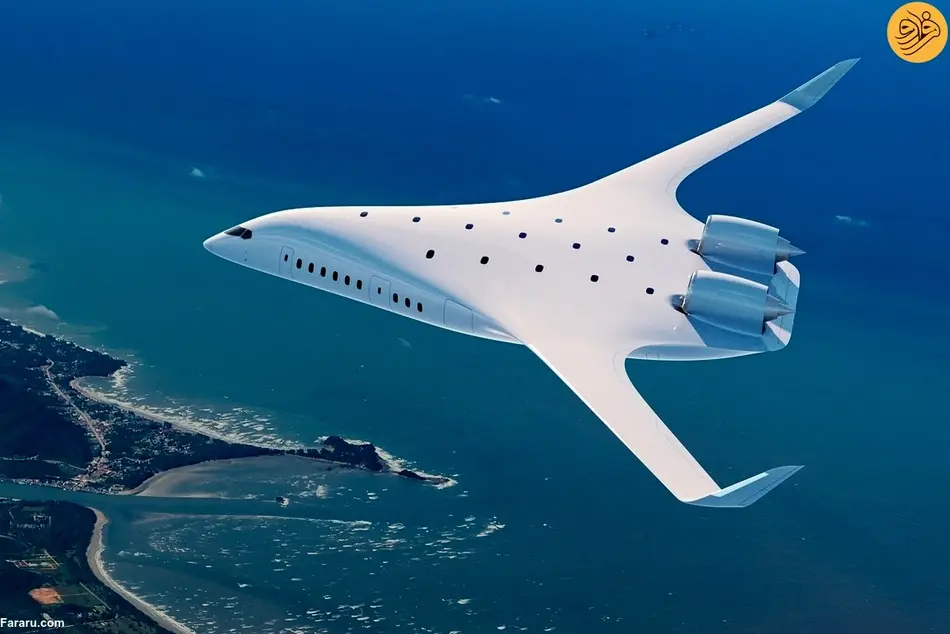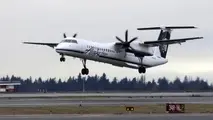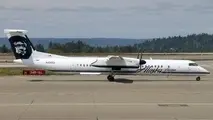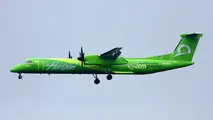Natilus Unveils Mid-Market Blended Wing Body ‘Horizon’ Airliner Plan
California-based startup Natilus has announced plans to develop a 200-seat blended wing body (BWB) airliner targeting the underserved mid-market that will leverage design work already underway for the company’s ongoing autonomous cargo Kona project.

California-based startup Natilus has announced plans to develop a 200-seat blended wing body (BWB) airliner targeting the underserved mid-market that will leverage design work already underway for the company’s ongoing autonomous cargo Kona project.
Dubbed the Horizon, the design promises to build on the baseline aerodynamic efficiency of the BWB configuration to deliver a 50% reduction in CO2 emissions, Natilus says, while being 25% lighter and providing 40% greater capacity than today’s comparable conventional tube and wing aircraft.
Although few specifics have been released, the Natilus design is a mild BWB configuration with a slender lifting fuselage, distinct high-aspect-ratio wings, and twin aft-mounted engines. Unlike the similarly sized, tailless BWB in development by nearby Long Beach-based start-up JetZero, the Natilus concept has twin vertical tails and more closely grouped, aft-mounted engines.
The Horizon also features a more conventionally configured landing gear than the JetZero design, which incorporates an extendable nose leg and main gear legs located at the extreme aft of the aircraft.
The slender fuselage enables the aircraft to be compatible with existing gate operations and airport infrastructure at major airports, Natilus says. Company CEO and founder Aleksey Matyushe says the Horizon is in development because “the commercial aviation industry is looking for real solutions to become more sustainable, more efficient, and more profitable.”
Natilus says initial customer deliveries are targeted for the early 2030s, a “timing that aligns with fleet purchasing decisions by commercial carriers to meet the airline industry’s 2050 net-zero goals.”
Support for the Horizon is voiced by former Boeing CEO Dennis Muilenburg, now CEO of aerospace investment company New Vista Capital. While it is unclear what involvement or support is provided by New Vista Capital, Muilenburg says “commercial aviation is on the brink of a transformative shift toward both greater efficiency and increased sustainability. The Natilus Horizon aircraft is poised to revolutionize fleet operations, enabling airlines to maximize capacity while delivering an elevated passenger experience.”
Natilus is meanwhile continuing development of the Kona, a regional cargo BWB aircraft. Scheduled to enter service in the late 2020s, the autonomous aircraft will have a 900-nm range and 4.3-ton payload and is offered with either a pair of Pratt & Whitney Canada PT6A-67D turboprops or a propulsion system based on ZeroAvia’s 600-kW ZA600 hydrogen fuel-cell powertrain.
Initial customer deliveries of the PT6-powered Kona are expected as early as 2026, with the first ZA600-powered aircraft anticipated later in the decade. Work also is underway on assembly of the 85-ft. (26-m) wingspan Kona prototype following a wind tunnel test campaign of a 20%-subscale version. Roll out of the prototype is expected in 2025. The company’s Kona orderbook includes around 460 preorders from major airlines and integrators including Ameriflight, Volatus Aerospace, Flexport, Astral, Aurora International and Dymond.



